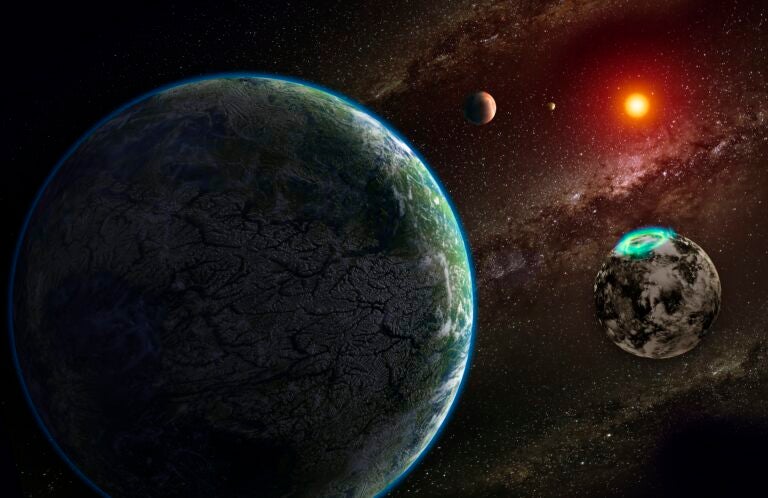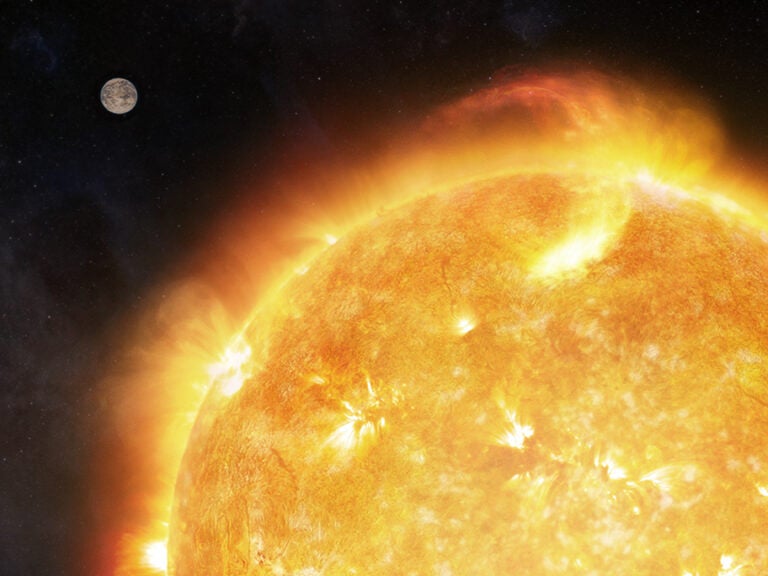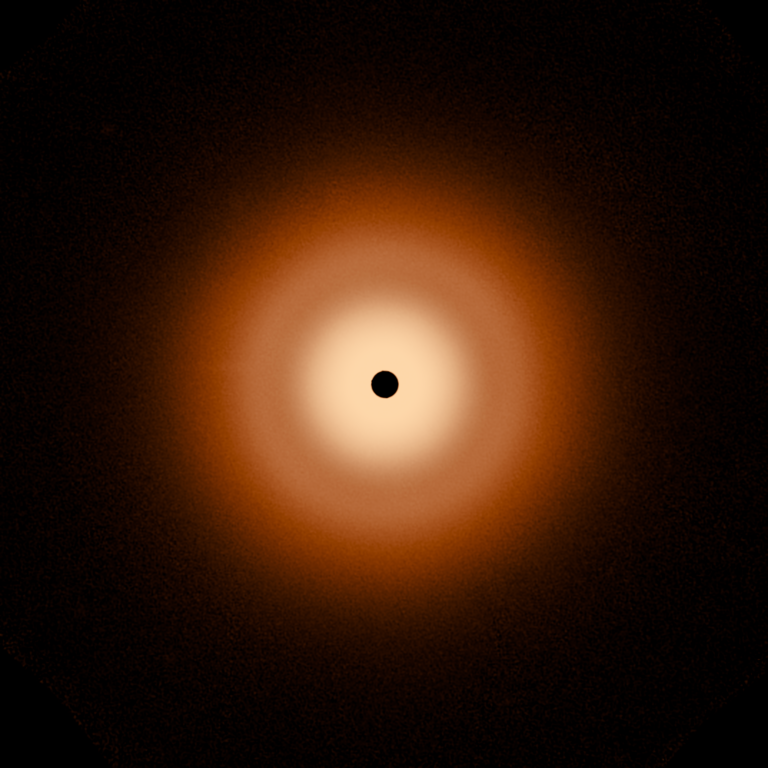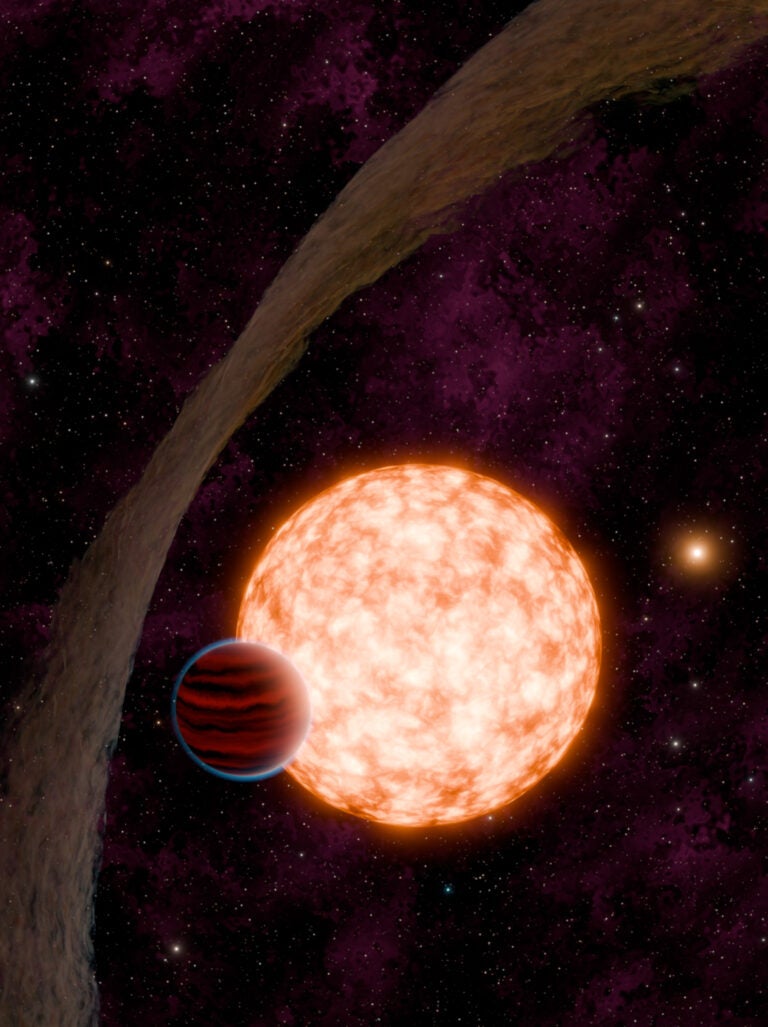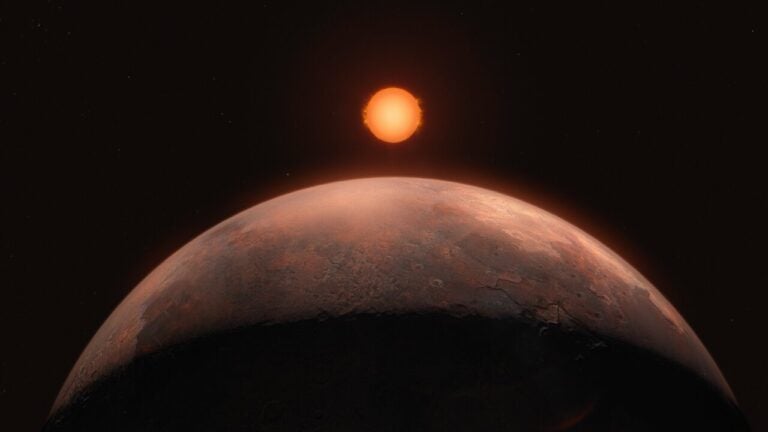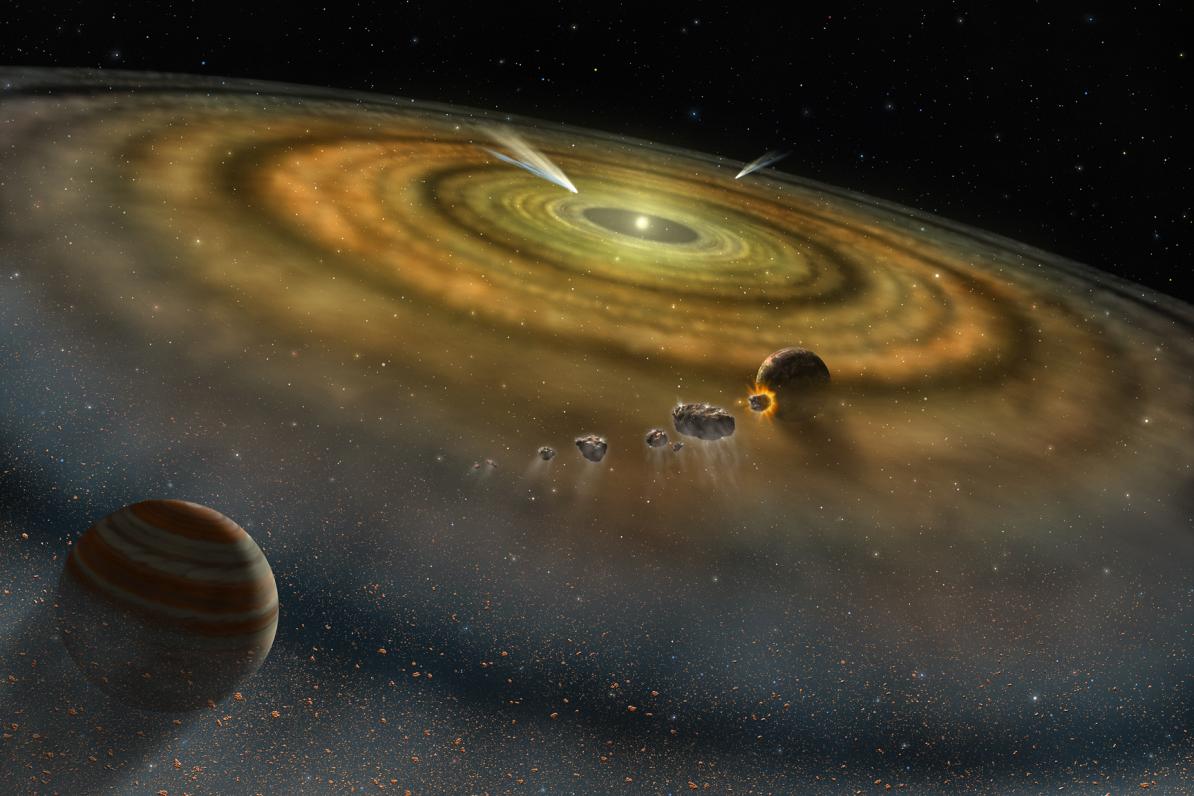
The James Webb Space Telescope (JWST) is unlocking secrets about how planets form around nearby stars in the galaxy. While the formation of rocky planets can span millions of years, catching glimpses of their evolution may occur within human lifetimes. One of these places exists in the circumstellar disk surrounding the star Beta Pictoris.
Beta Pictoris, located 63 light-years away in the Southern Hemisphere sky, is intriguing because it holds a well-studied disk of debris that astronomers believe contains at least two planets.
“So astronomers typically think of the universe as static, right?,” says Christine Chen of the Johns Hopkins University. “But things do happen, and they happen even on a human timescale.” In just two decades, since the time the Spitzer Space Telescope last observed Beta Pictoris, scientists observed a change in dust particles in the disk surrounding Beta Pic. Long ago, heat signatures found by Spitzer were detected in particles of crystalline silicates. These minerals are found on Earth and in young stars. New observations with Webb revealed that the dust had settled and disappeared. Chen presented these findings at the American Astronomical Society’s 244th meeting on June 10 in Madison, Wisconsin.
Missing dust in Beta Pictoris
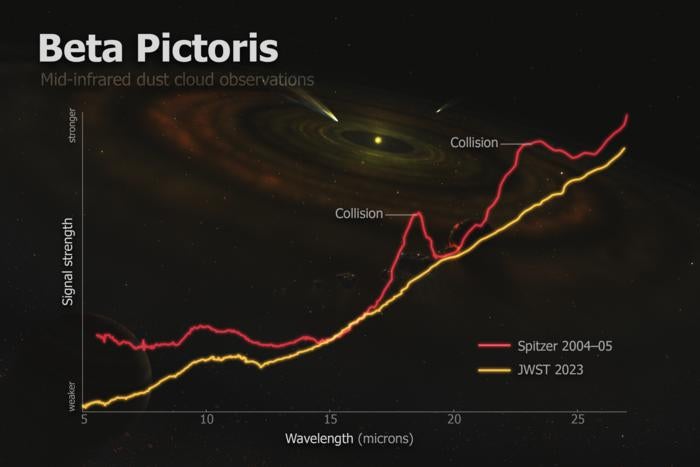
During a study made in 2004 and 2005, Chen and her team used the Spitzer Space Telescope to study the debris disks of Vega, Epsilon Eridani, Fomalhaut, and Beta Pictoris, focusing on the latter. Their observations revealed the presence of cold crystalline silicate features. Years later, when Chen was given time with Webb, she and her grad student Cicero Lu revisited Beta Pic.
The Webb observations in 2023 failed to detect any traces of dust particles. The team believes this may be due to the dust having been created by a clash between asteroids. Such a collision may have crushed the bodies into tiny pieces of dust finer than powdered sugar.
“Most discoveries by JWST come from things the telescope has detected directly,” says Lu, in a press release. “In this case, the story is a little different because our results come from what JWST did not see.”
JWST’s new observations hint that Beta Pictoris dispersed the surrounding dust, which may have cooled significantly and is therefore no longer detectable.





